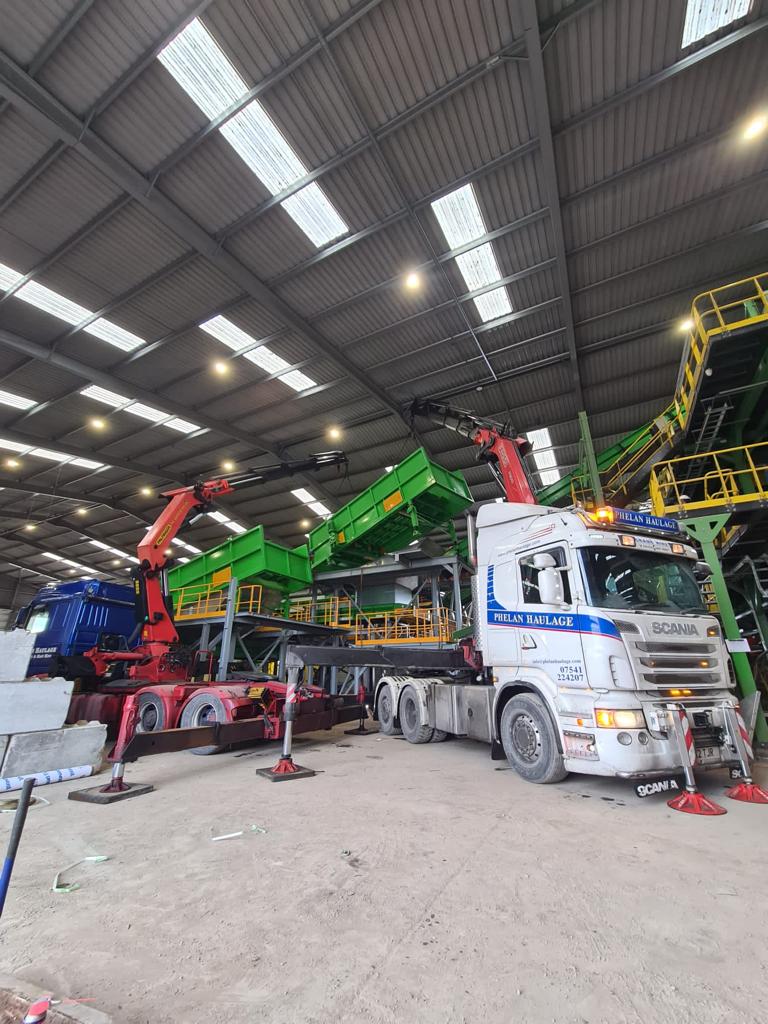Mobile Crane Charts: How To Read Them
Wondering how to read a mobile crane chart? Safe operation requires a good understanding of a mobile crane’s load chart. Mobile cranes are powerful machines designed to lift and move heavy loads in construction and other industrial settings. However, operating them safely and efficiently requires a good understanding of the crane’s load chart. A load chart provides crucial information about the crane’s lifting capabilities, helping operators make informed decisions to prevent accidents and ensure the job gets done right. In this guide, we’ll break down how to read a mobile crane load chart step by step.
Step 1: Locate the Load Chart
The load chart is typically affixed to the crane, either on the boom, near the operator’s cab, or in the operator’s manual. It’s crucial to use the load chart provided by the crane manufacturer, as different models and makes have varying specifications.
Step 2: Understand the Components
A load chart is composed of several essential components:
a. Boom Length
This represents the length of the crane’s main boom and is measured in feet or meters. It’s usually listed along the top or left side of the chart.
b. Load Radius
This is the horizontal distance between the center of the crane’s rotation and the center of the load. It’s often found along the bottom or right side of the chart.
c. Capacity
Capacity is the maximum weight the crane can lift safely at a specific boom length and load radius. It’s usually expressed in pounds (lbs) or metric tons (MT).
d. Operating Zones
Load charts are divided into different zones, each corresponding to a specific combination of boom length and load radius. These zones are color-coded or labeled for easy reference.
Step 3: Select the Appropriate Boom Length and Load Radius
Before lifting any load, you must know the distance from the crane’s center to the load and the required boom length. Locate the load radius on the chart and the corresponding boom length. Ensure that the load radius and boom length fall within the specified range for safe operation.
Step 4: Determine the Maximum Capacity
Once you’ve identified the correct boom length and load radius, locate the point where the two intersect on the load chart. This point will provide the crane’s maximum capacity for that specific configuration.
Step 5: Factor in Additional Considerations
a. Outriggers
If your crane is equipped with outriggers, be sure they are properly deployed and set according to the manufacturer’s guidelines. The load chart may have specific information on capacity with outriggers extended.
b. Wind Speed
Consider the current wind speed. High winds can significantly affect a crane’s stability and lifting capacity. If winds exceed the crane’s specified limits, refrain from lifting until conditions improve.
c. Slope or Terrain
Working on uneven or sloping ground can impact the crane’s stability. The load chart may have information on reduced capacity in such conditions.
Step 6: Never Exceed Capacity
It’s crucial to never exceed the stated capacity on the load chart. Doing so can lead to catastrophic accidents and damage to the crane.
Conclusion: How to read a mobile crane chart
Reading a mobile crane load chart is a fundamental skill for crane operators. It ensures safe and efficient lifting operations. Always refer to the manufacturer’s load chart and follow all safety guidelines. When in doubt, consult with a qualified supervisor or engineer. By adhering to these steps and prioritizing safety, you’ll be better equipped to operate a mobile crane effectively and securely.



















One Comment